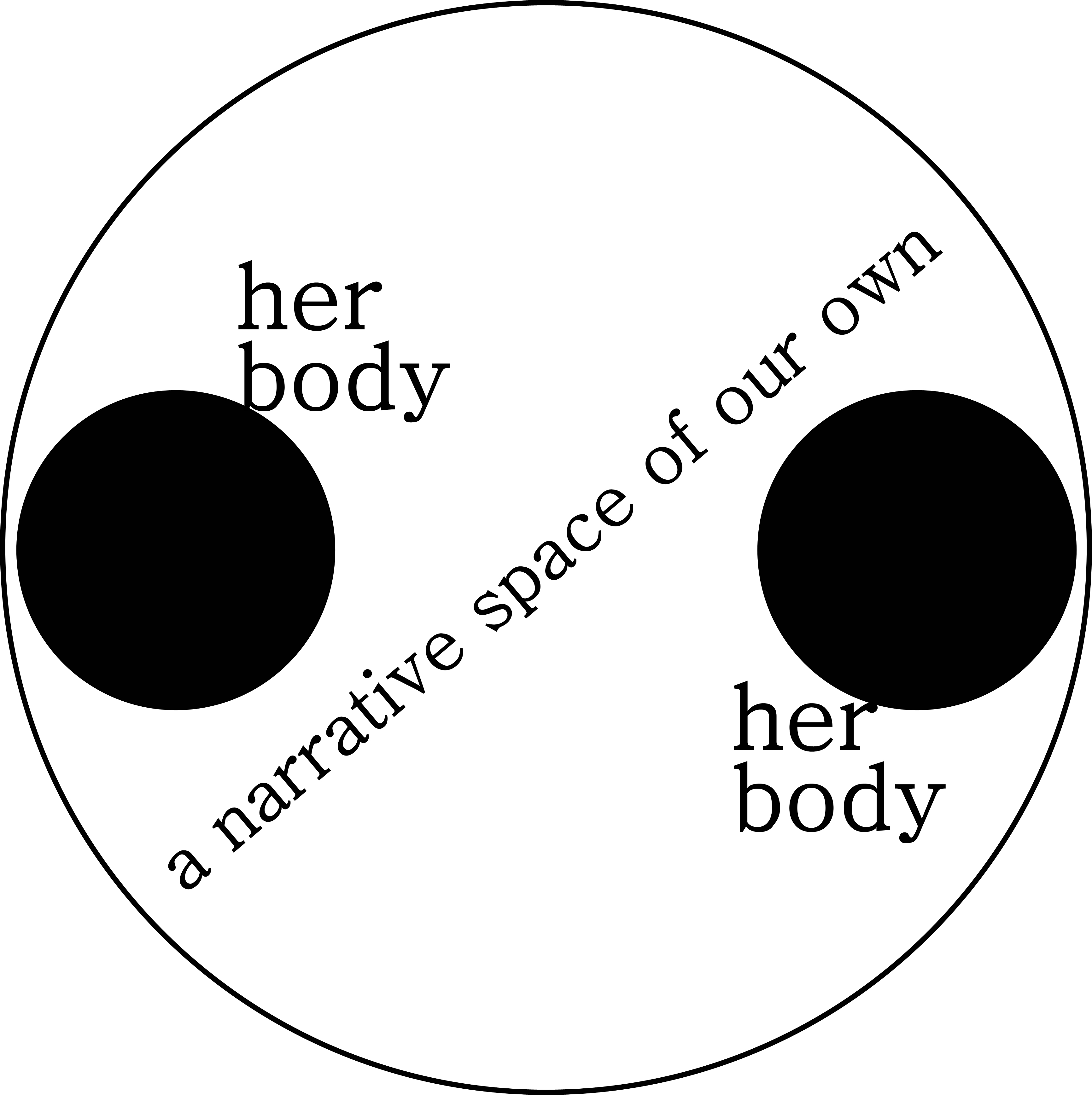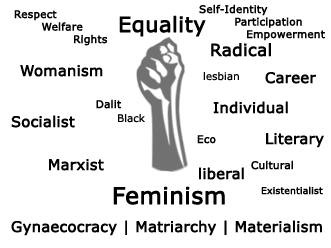Article Title :
Drifting: Feminist Oral History and the Study of the Last Female Drifters in Iceland 
2(2018)
1-15
#Metoo , Women’s history , Sagnadansar , Narrative dances , Women’s oral tradition , Female drifters , Woman-on-woman oral history interview , Feminist oral history


This paper examines the story of the last female drifters in Iceland from the voices of women who remembered them. It examines the advantages of the woman-on-woman oral history interview when obtaining women’s perspectives on women’s history. An examination of women’s narrative techniques suggests that women’s narrative style is often consistent with a conversational style; and therefore it is important to construct a space in woman-on-woman oral history interviews that carries a sense of place for a conversation. It also examines the woman-on-woman oral history interview as a continuation of women’s oral tradition in Iceland, especially an oral tradition from medieval Iceland; called a narrative dance (ice. sagnadans). Lastly, it examines the shared features of the Icelandic #Metoo event stories and the Icelandic narrative dances, in relation to woman-on-woman oral history interviews.

By doing woman-on-woman oral history interviews I was able to go beyond the myth of the female drifters and include female experience.
The woman-on-woman oral history interview is a continuance of women’s oral tradition in Iceland.
Women need a space of their own to share orally their lived experiences as women, in order for them to create a space of their own in history.
The Icelandic #Metoo event stories bear a great resemblance to a medieval women’s oral tradition called a narrative dance (ice. sagnadans) and to the woman-on-woman oral history interview.
Anderson, K. and Jack, D. C., 1991. Learning to Listen: Interview Techniques Analyses. Women´s Words: The Feminist Practice of Oral History. Routledge, New York/London.
Bergsson, Þ., 1957. Úr fremri byggð og Tungusveit. Eimreiðin, 63, 53-67.
Dýrmundsson, Ó., 1978. Sérstætt fólk, Húnvetningur. Ársrit Húnvetningafélagsins í Reykjavík, 3, 46-54
Elíasson, N.B., 1980. Eru sagnadansar kvennatónlist. Konur skrifa. Sögufélag, Reykjavík, 143-154.
Eygerðardóttir, D. J., 2015. Sytrur minninga úr Mýrdalnum: Rannsóknir á munnlegri sögu (A Flow of Memories from Myrdalur: A Study on Oral History). BA, University of Iceland, Reykjavík.
Eygerðardóttir, D. J., 2018a. Mamma mín er góð: Minningar um mæður frá 19. öld og í byrjun 20. aldar (My Mother is Kind: Memories about Mothers from the 19th and early 20th century), Sagnir, 32, 74-95.
Eygerðardóttir, D. J., 2018b. Konur á vatnaskilum: Hugvekja um femíníska munnlega sögu (Women on the Wathershed: On Feminist Oral history). Sagnir, 32, 42-57.
Eygerðardóttir, D. J., 2018d. Nútímasagnadansinn #Metoo (#Metoo: A Modern Narrative Dance), Hugrás, Vefrit Hugvísindasviðs.
Eyjólfsdóttir, H., 1919. Ljóðmæli. Sigurður Þórðarson, Reykjavík.
Eyjólfsdóttir, H., 2008. Svanurinn minn syngur: Ljóð og líf skáldkonunnar Höllu Eyjólfsdóttur. Guðfinna M. Hreiðarsdóttir, Ísafjörður.
Grele, R., 1993. Movement without Aim: Methodological and Theoretical Problems in Oral History. Envelopes of Sound: The Art of Oral History. 2nd ed, Conneticut, 126-55.
Halldórsdóttir, E. H., 2010a. Baldvin’s Tear. The Materiality of the Past. Izabella Agardi, Berteke Waaldijk, Carla Salvaterra. (Eds.), Making Sense, Crafting History. Practices of Producing Historical Meaning, Plus-Pisa University Press, Pisa, 207-219.
Halldórsdóttir, H., 1986. Öll erum við menn. Skuggsjá, Hafnarfjörður.
Jóhannsson, M. J., 1984. Seinasta förukonan. Breiðfirðingur, 42, 99-107.
Kress, H., 1993. Máttugar meyjar: Íslensk fornbókmenntasaga. Háskólaútgáfan, Reykjavík.
Kress, H., 2001. Stúlka: Ljóð eftir íslenskar konur. Bókmenntafræðistofnun Háskóla Íslands, Reykjavík.
Langellier, K. M and Peterson, E. E., 2004. Spinstorying: An Analysis of Women Storytelling”, in E.C. Fine and J.H. Speer (Eds), Performance, Culture, Identity. London, 157-80.
Lawless, E. J., 2001. Women Escaping Violence: Empowerment through Narrative. University of Missouri Press, Columbia/London.
Ólason, V., 1979. Sagnadansar. Rannsóknastofnun í bókmenntafræði/Menningarsjóður, Reykjavík.
Sigurðsson, S., 2008. Vigdís Ingvadóttir: síðasta förukonan. Dynskógar, 11, 179-185.
Woolf, V., 1928. A Room of One ́s Own. Penguin Books, London (2004).




